Running six days and 250 kilometres across the sandy Sahara Desert, while braving scorching heat of up to 50 degrees Celsius along the way!
Yes, this is no mean feat and is certainly not a task for the faint-hearted.
Yet earlier this month, two Singaporeans, 36-year-old Chin Wei Chong and 35-year-old Ian Lye, pitted themselves against the harsh Sahara desert elements in the very challenging Marathon des Sables (MdS). This Sahara Desert ultra marathon is billed as the toughest footrace on Earth.
Wei Chong and Ian ran the MdS to raise funds for Save our Street Dogs (SOSD), a charity that saves stray dogs. They raised more than $20,000.
Euphoria at crossing the finishing line
On how they felt at the end of the final sixth day when they crossed the finish line, Wei Chong, a Marketing Communications Director, said, “A huge dose of euphoria and many other emotions ran through my mind.”
He added, “This race was a culmination of a year-log dream and we have been training and preparing extremely hard over six months for it, so I was filled with pride and joy when I crossed the line with the Singapore flag.”
Ian, a Research Manager, felt “raw emotions” after having completed the “toughest footrace in the world.”
It was definitely a momentous achievement for the two Singaporeans, as this was their first ultra marathon and desert race. Said Wei Chong, “We witnessed a record number of runners dropping out each day.”
It didn’t help that this year’s edition was the hardest-ever MdS too, according to many veterans of the race. The 2014 race had started just outside the town of Merzouga (Morocco), which is a tourist attraction due to its proximity to the famous Erg Chebbi dunes. The finishing point was in the town of Ait Ichchou (also in Morocco).
“Right from the start, the race organizer upped the ante, giving us the hardest stretch of sand dunes to conquer on the first day,” added Wei Chong.
Plenty of challenges
Of course, rewards do not come without challenges, though. Throughout the six days, both Singaporeans had to put up with plenty of problems and even injuries.
Said Ian, “I got some pretty serious heat blisters on my legs from being exposed to the harsh sun for so many hours, and it was pretty painful to keep moving at times.”
And Wei Chong suffered a bad Achilles injury. He said, “It completely dulled my running effectiveness and there was pain in every step I made. At first, I did wonder if the injury would result in permanent consequences if I continued.”
Wei Chong had suffered the injury on the day he was running the longest leg of the multi-stage desert race. That was a massive 81 kilometres, and the injury came at the 40km mark.
He said, “Because of this injury, I had to struggle physically and mentally to the finishing line. It was a huge challenge, because we were on the move for 22 hours straight and had to transverse two hills and 30 kilometres of sand at one point.”
The 81km stage wasn’t easy for Ian, either. He said, “It was all about grinding through the rest of the way, and just focusing on putting one foot in front of the other, while battling fatigue and sleepiness.”
Ian added, “The last 20km of the course was particularly challenging, because it was entirely through soft sand, which made it very slow going and each kilometre dragged on forever.”
No urge to give up
Despite the challenges though, neither of them had felt the urge to give up.
Said Ian, “Before the race, I had heard there would be emotional extremes and an inevitable dark moment at some point when one feels like giving up, so I had fully expected to go through that dark phase.”
And Wei Chong agreed. He said, “Before the race, I was convinced there would be numerous times where I would harbour thoughts of giving up. But we were not running competitively, so that took away the pressure of needing to cross the line within a certain time.”
He explained, “In fact, we were so conservative (in our food, equipment and racing strategy) that we found we had some gas left in the tank after the last stage!”
The determination not to let the SOSD and supporters down, especially after they had received so much encouragement and donations, also spurred both runners on.
Added Ian, “I knew that whatever physical pain I felt was temporary and would pale in comparison to the lingering regret and emotional pain of quitting and having to explain to everyone why I had given up when I got back home. I guess my motivation for being out there was quite strong.”
A surreal and memorable experience
Running through the desert was definitely a surreal experience and one that both runners would never forget. Said Ian, “I was constantly awestruck by the scenery and landscapes we were traversing, and kept thinking about how incredibly lucky we were to be out there.”
“On the long 81km stage, I remember being completely mesmerized by the alien beauty of the desert at night. The full moon illuminated the landscape in a most eerily beautiful manner,” he added.
But it was not only the running and scenery aspects that were surreal. There were other memorable moments, such as the camp life in the desert. Explained Wei Chong, “Meeting like-minded folks, speaking to runners from different nationalities and trading training stories are some of the memories I’ll treasure.”
Completing the race did not come without one or two regrets, though.
Said Ian, “While our conservative strategy definitely helped us to finish the MdS in pretty good physical shape, we still had some fuel left in the tank at the end, so I would probably push harder if I were to take on a similar race in the future.”
Insights Gained
Both runners have definitely learnt much about doing ultras and desert races from this experience.
Wei Chong explained that preparation is very important. “Get to know your equipment, food and how your body will react to tough physical training. And keep a positive frame of mind, despite the odds,” he said.
The Marketing Communications Director also added that “a smile, a pat on the shoulder for your fellow competitors and a willingness to stop and lose a few places just to encourage a fellow runner will do a whole lot of good to your own mental psyche.”
Continued Wei Chong, “Mentally, it’s tough when it is you alone versus 250km but when it is us versus 250km, it gives everyone a boost.”
So companion and friendship were important lessons learnt in such a tough endurance race.
Said Wei Chong, “The most touching moment of the race for me, was when Nikki Kimball (the female winner) and Laurence Klein (the female runner-up) held hands and ran through a difficult stretch, encouraging each other during the process. They were vying for the same prize yet they showed such compassion, friendship and sportsmanship…”
The amazing capabilities of the human body – both mental and physical – was another insight gained.
Explained Ian, “It’s really amazing that the human body is capable of more than we think too. It really struck me when I met a Japanese competitor who only trained for less than a month, and yet, managed to use some mental techniques to help him complete the entire race.”
Tips for other desert and ultra runners
Now that they have this race under their belt, what tips do Ian and Wei Chong have, for runners who are dreaming of tackling such desert and ultra races.
Said Ian, “Be specific in your training. (For) a desert ultra race, do a lot of training on sand. It would also help to stimulate the hottest hours of the day to try and mimic the desert conditions.”
And Wei Chong agreed. Said the Marketing Communications Director, “I was surprised at how well the Singapore hot weather helped us to cope with the extreme heat of up to 50 degrees Celsius.”
Added Ian, “Trekking poles are also a life saver out there as it will take some pressure off your quads when climbing up and down dunes and the mountains. This will help you conserve energy.”
He said, “But come with the expectation that no matter how prepared you think you are, unexpected problems will happen.”
Ultra running passion intensified
Participating in this race may just have intensified the passion of these two runners for ultra races.
Said Ian, “Hopefully, this will prepare me to take on the Ultra-Trail Mount Fuji in Japan next year, and the Ultra-Trail Mount Blanc in 2016, which is the holy grail and big daddy of mountain trail races.”
Other blog posts:
- Click here to read a pre-race MdS interview with Wei Chong and Ian.
- Click here to read about a 50-year-old lady who completed the Ironman Melbourne.
- Click here to read about a man who has completed 170 marathons to date.
- Click here to read about the LA Surf City Marathon.

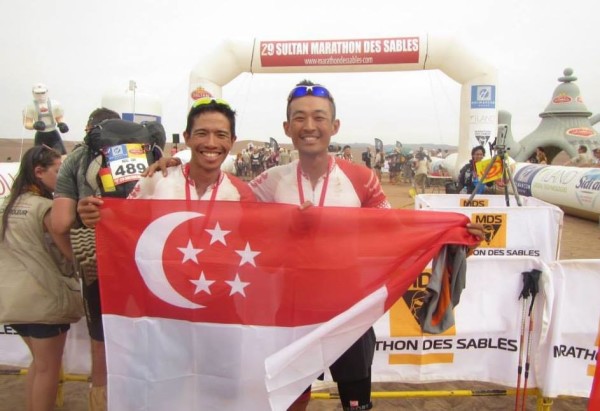
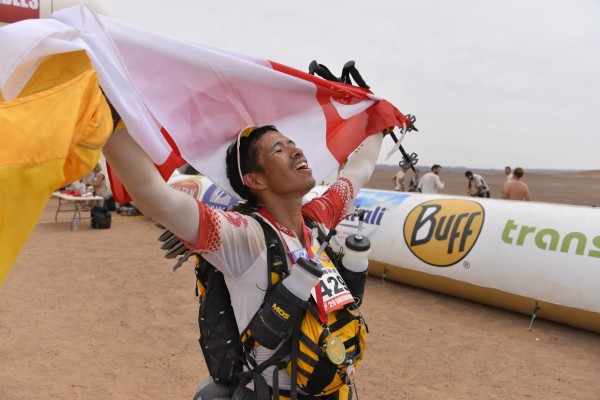
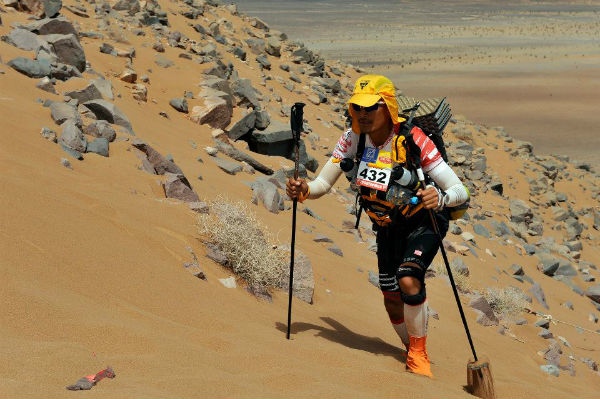
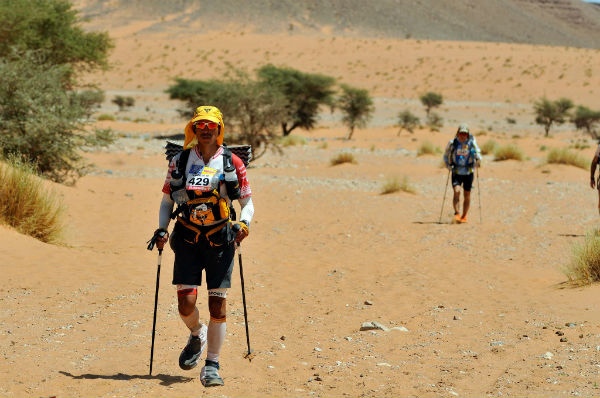
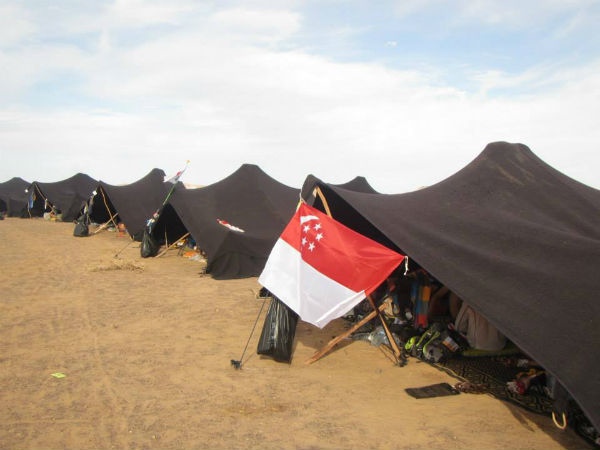
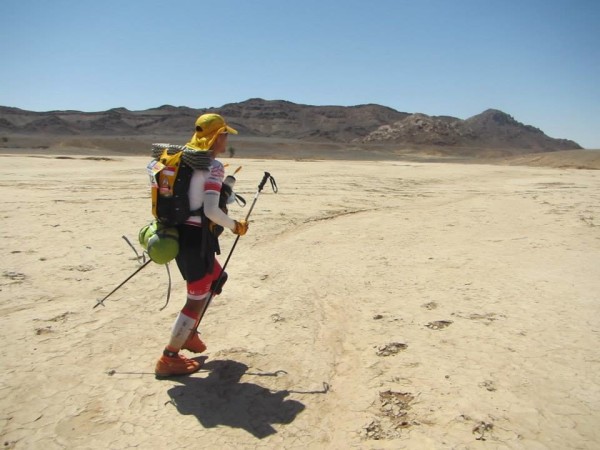
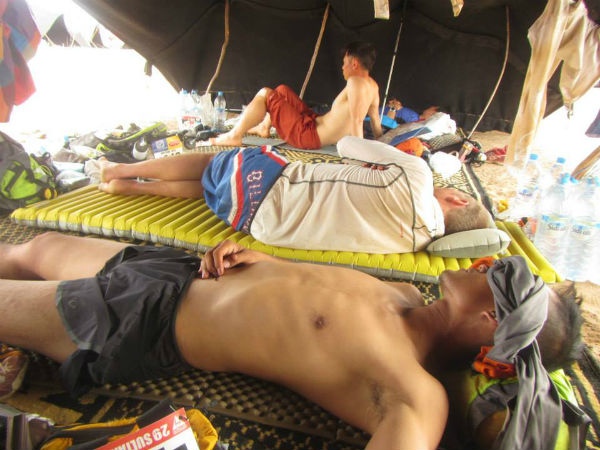
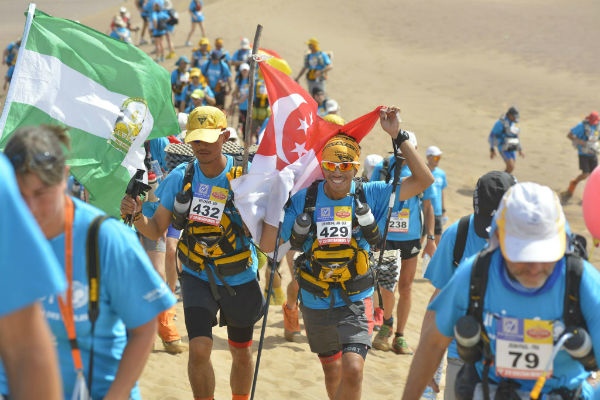
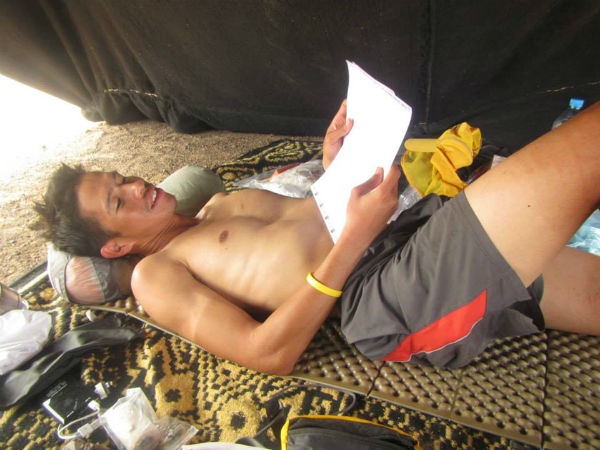
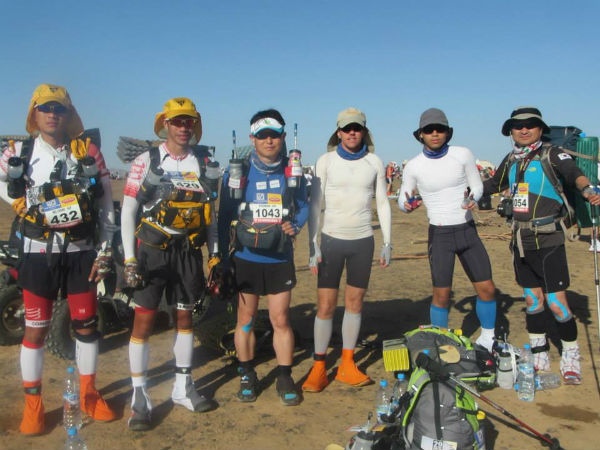
Leave a Comment